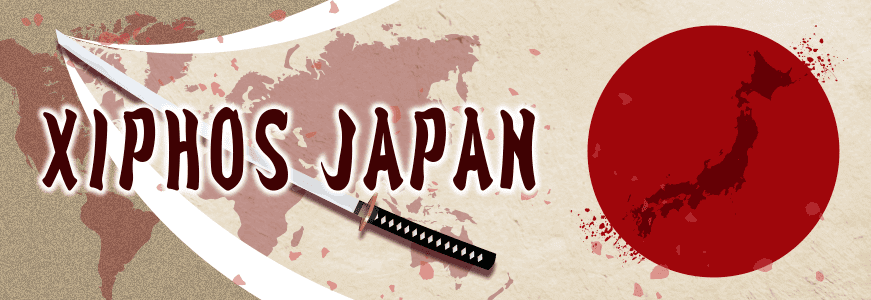 We are finally breaking out, albeit gradually, from the second half of 2022. Compared to the speed of the world’s break-out, Japan is still cautious in many areas, but we may have seen a signpost on the way back to life in before Covid-19.
We are finally breaking out, albeit gradually, from the second half of 2022. Compared to the speed of the world’s break-out, Japan is still cautious in many areas, but we may have seen a signpost on the way back to life in before Covid-19.
Some countries, such as China, have some unusual policies, but it is the national character of Japan to overreact just as the news breaks that the number of Covid-19 patients has started to increase, so in a way it is probably inevitable that they are cautious.
At the end of the year, the mailing of year-end gifts, New Year’s cards and other items enters a busy period. Until a decade ago, the post office played a major role in this field, but since the privatisation of the postal service, it is gradually losing market share to private transport companies.
Due to the SDGs, the paperless system and the need to reduce complexity, Japan’s traditional New Year’s greeting cards have been slipping away year by year. At its peak in 2003, 4,459.36 million cards were issued, but by 2020 this figure is expected to fall to 1,941.98 million cards, and the number of cards per person is also expected to fall to a record low of 14 per person in 2022, from 35 cards per person at the peak in 2003.
The primary reason behind the decline in the number of New Year’s cards is the spread of social networking services and e-mail, but the cumbersome means of purchasing them and the extra expense required for postcards and stamps compared to free-source social networking services are also major reasons for their demise.
Japan Post generates revenue from postcards and mail, as well as depositors’ savings, and the sharp decline in this major source of income has had a variety of effects.
In urban areas where infrastructure is in place, it may not be so inconvenient, but post offices outside some urban areas are in a sense equivalent to local lifelines, and in recent years, as a countermeasure to declining revenues, the current post office (Japan Post) has chosen the opposite direction to what the market wants from post office operations, such as integrating and closing post offices in various regions, reducing the number of ATMs, increasing remittance fees, limiting coin deposits, adding fees and so on.
The situation has entered a negative spiral, with post offices no longer being close by, making it a hassle to buy new year’s cards and stamps, spurring new year’s cards and paperless cards, increased fees for small change deposits and money transfers, and a shift of savings to other financial institutions, and the state of the post office being questioned.
Japan Post Bank is a mammoth financial institution with a total outstanding balance of over 190 trillion yen as of 2021. However, the acquisition of the Australian logistics company Toll for a whopping 620 billion yen in 2015, which is considered to be the failure of the century, is a major reason why the current cost cuts have had to be initiated. This is a major reason why the company has had to.
However, the market was not ready for Toll’s acquisition at a price much higher than the company’s price, and there were also many other companies with a strong presence in overseas markets, which were not managed by bureaucrats.
Eventually, in 2021, business did not go as planned and Toll was sold to the current company for a whopping 700 million yen. The loss was a simple calculation of 619.3 billion yen, making it one of the few bargain sales in history.
This amount comes from the money of depositors who deposit money with the Japan Post Bank. The money they saved by using the convenient post office has been thrown straight down the drain. For depositors, this has resulted in an increase in fees, the closure of the nearest branch and other negative consequences.
The future course of action in 2023 will be closely watched.







